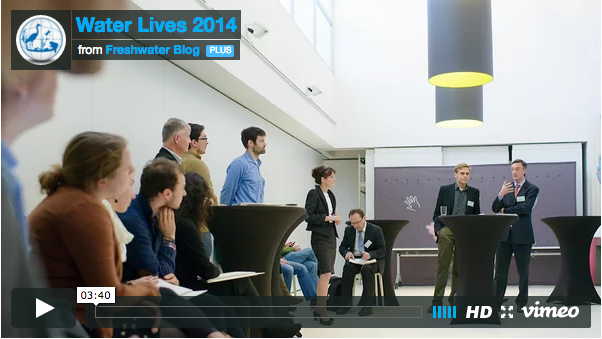Five summer reads for forward-thinking conservationists
Each spring half term I go camping with my family and we visit a different British Isle. Its a week when I meet young conservationists out in the field - putting the hours in protecting tern colonies, showing visitors nesting peregrines, doing vegetation transects and the many other time-consuming seasonal tasks that conserving our nature










